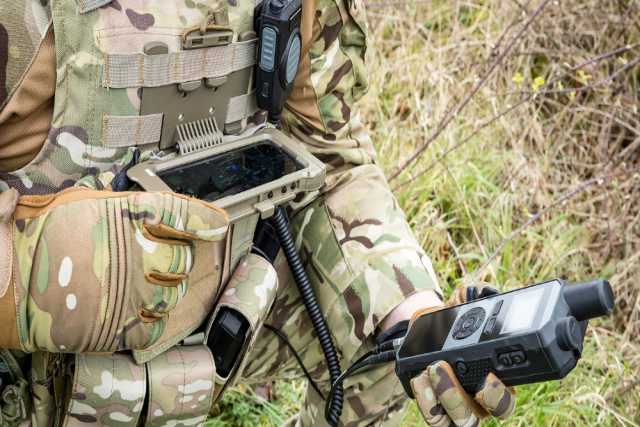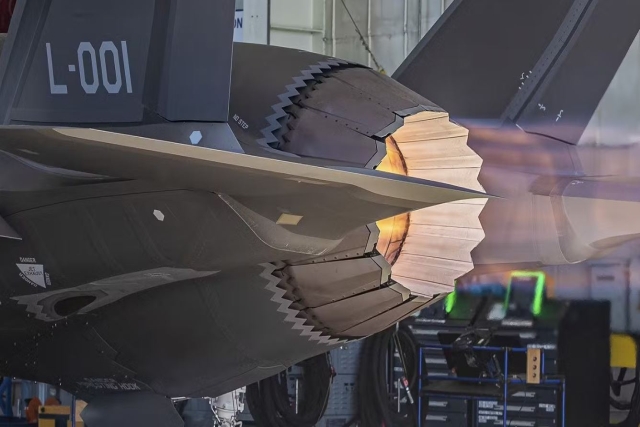QinetiQ Introduces Android-Compatible Bracer Software for Enhanced Tactical Situational Awareness
Android-enabled Bracer provides situational awareness, enhancing communication and decision-making in tactical environments.

QinetiQ’s Bracer software has introduced Android compatibility, aiming to improve situational awareness in tactical operations.
This advancement allows users to access critical data in real-time using Android devices, reducing reliance on specialized equipment and improving operational efficiency.
Previously limited to Windows OS, Bracer's expansion to Android enables personnel to visualize tracking feeds and perform data entry directly on Android-based tablets and smartphones while in the field.
Bracer is compatible with various audio ancillaries, data hubs, voice bridging products, and command and control systems. This interoperability not only simplifies integration into existing military infrastructure but also enhances its utility across diverse operational scenarios—from military exercises and tactical missions to search and rescue operations and border patrols.
By enabling compatibility with Android devices, Bracer extends its utility to a broader range of hardware commonly used in the field, such as smartphones and tablets. This shift from ruggedized laptops to more lightweight and versatile devices enhances mobility without sacrificing functionality.
A notable feature of Bracer is its Position Location Information (PLI) reporting, which leverages handsets within a talk group to transmit and receive PLI without depending on a central server. This enhances coordination and troop disposition visualization.
Furthermore, Bracer's Android compatibility facilitates interoperability with Geospatial Information Systems (GIS) like Google Earth and ATAK (Android Team Awareness Kit), allowing seamless integration with third-party mapping platforms.
This development benefits personnel across different operational domains, including vehicles, air platforms, and maritime environments, by enabling the integration of Bracer with existing Android devices without the need for additional specialized equipment.
Weighing just 450 grams and featuring power-scavenging capabilities for field recharging, Bracer minimizes logistical burdens and optimizes operational efficiency. The system's adaptability to various antenna systems further underscores its user-centric design, accommodating diverse operational environments and deployment scenarios.









